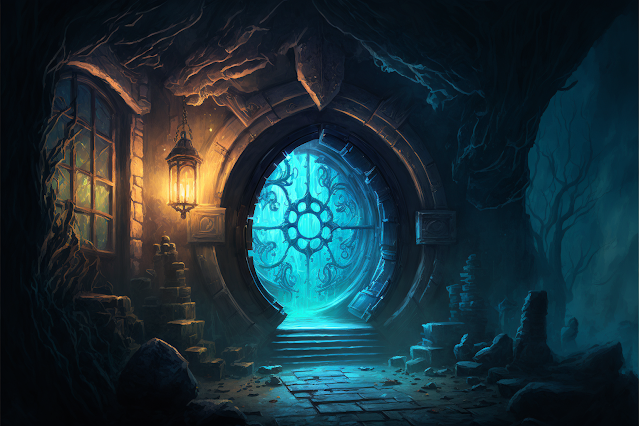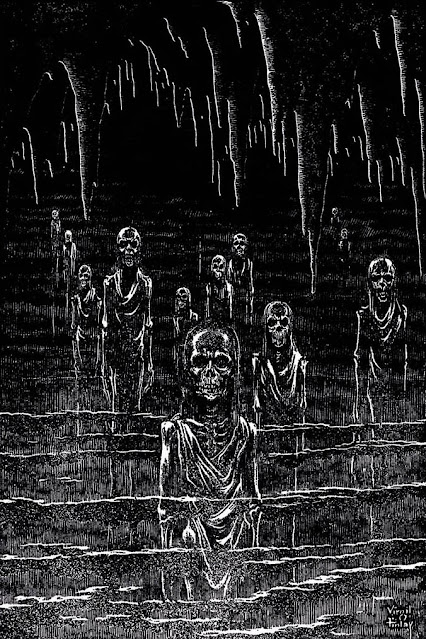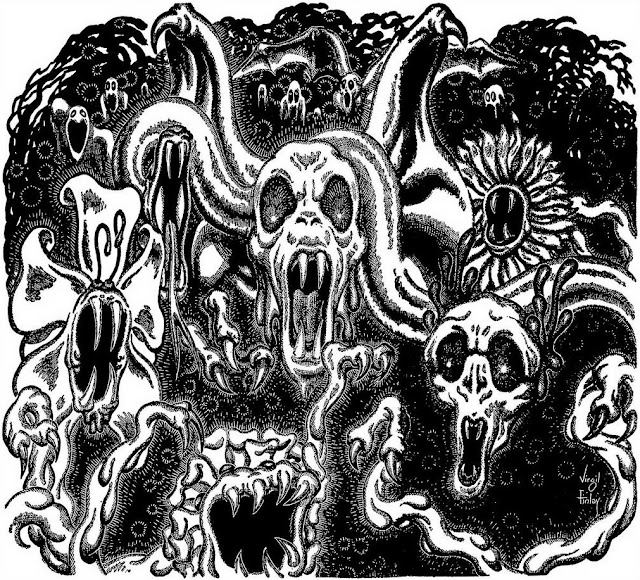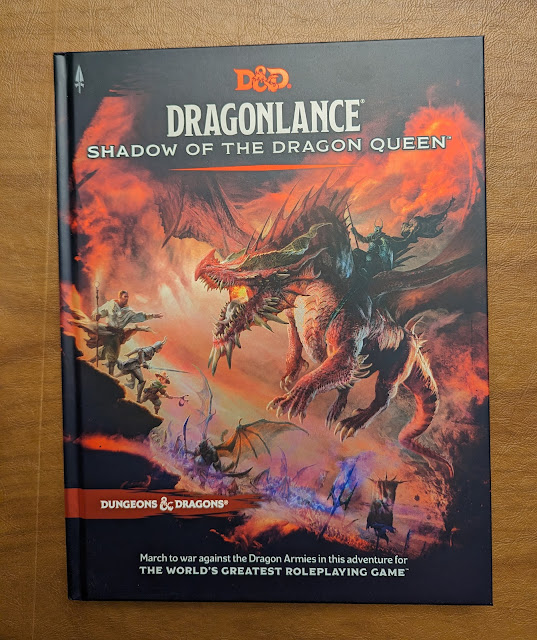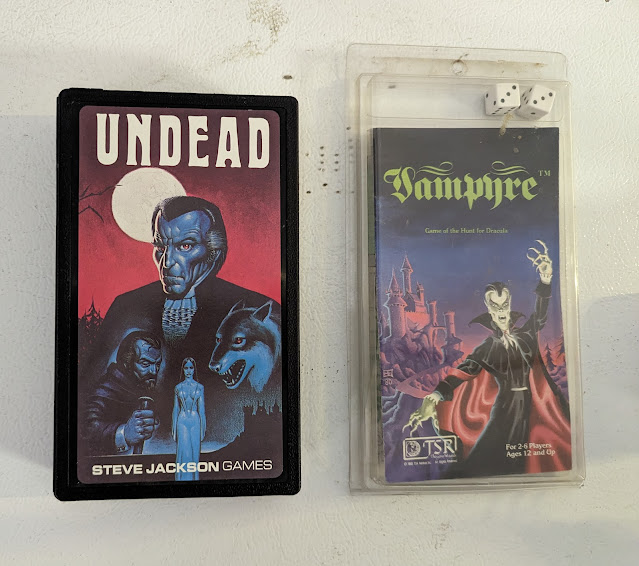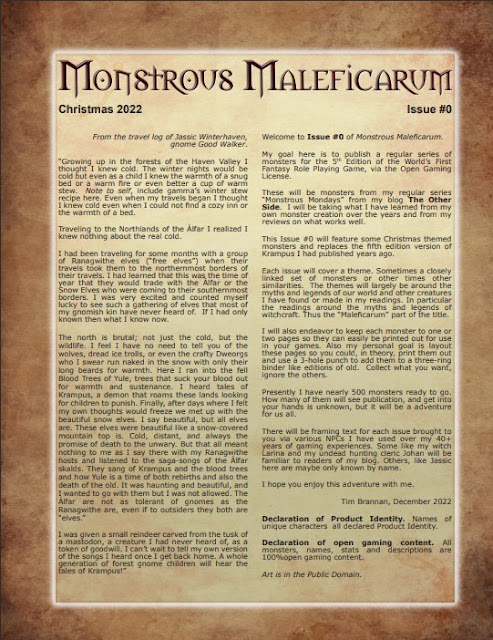Lots of little things going on here during this time between 2022 and 2023. I am not sure what day it is or even the time, but hey, here we are.
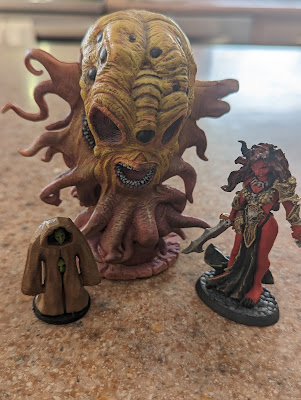
Hastur, Ifrit Princess, and 3 Goblins in a trenchcoat.
Painted by my wife.
Year of the Monster
I have made some oblique references to this, but 2023 is going to be my Year of the Monster. Going back to my earliest roots of this hobby and talking more about monsters and monster-related topics. So more monsters for NIGHT SHIFT, more Monstrous Maleficarum, and a few other projects I have in my back pocket.
#Dungeon23
So this is one I just found out about. The idea is neat. Detail a new room every day for a 12-level mega-dungeon in 2023. I have never really been a fan of mega-dungeons, BUT as a writing exercise, I can see how it would be fun. I would want to have a theme and do it for Old-School Essentials. Though I have not made up my mind just yet.
New Year, New Character
I have done this for the past two years, and it was fun. I had an idea for this year but have run out of time to do it right. Have to think some more about this one.
OGL 1.1 and One D&D
Well. Once again, people are freaking out. Here is exactly everything we know for sure about the new OGL coming out when the next version of D&D is released.
- It will be called "The Open Gaming License 1.1."
And that is it.
Everything else is, at best, speculation and, at worst, Chicken Little style running around fear mongering. My personal plans are not changing. I will still publish under the OGL 1.0a, and still use the 3.5, Pathfinder, and 5e SRDs as I see fit.
Other Items
More "This Old Dragon" and other regular features. I am undecided on The April A to Z Challenge yet, and I am pretty sure I will not do another 100 Days of Halloween. But who knows.
Hope everyone is having a great Holiday Season.
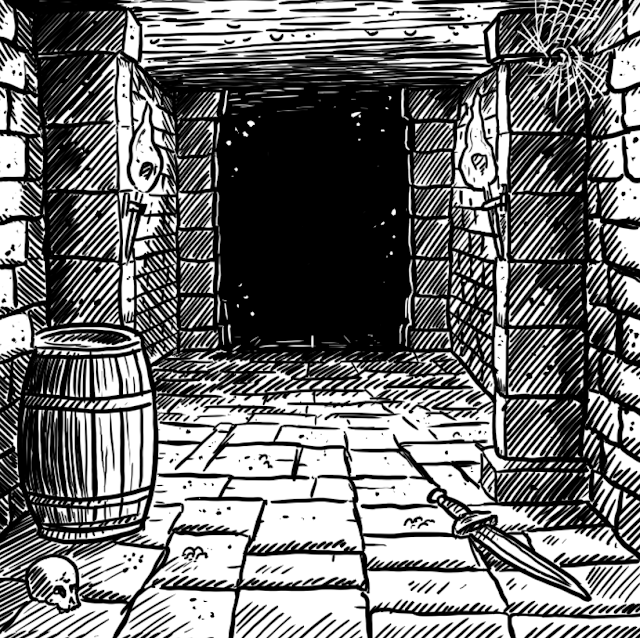 Free Art Assets - Grey Gnome Games - Jason Glover
Free Art Assets - Grey Gnome Games - Jason Glover


